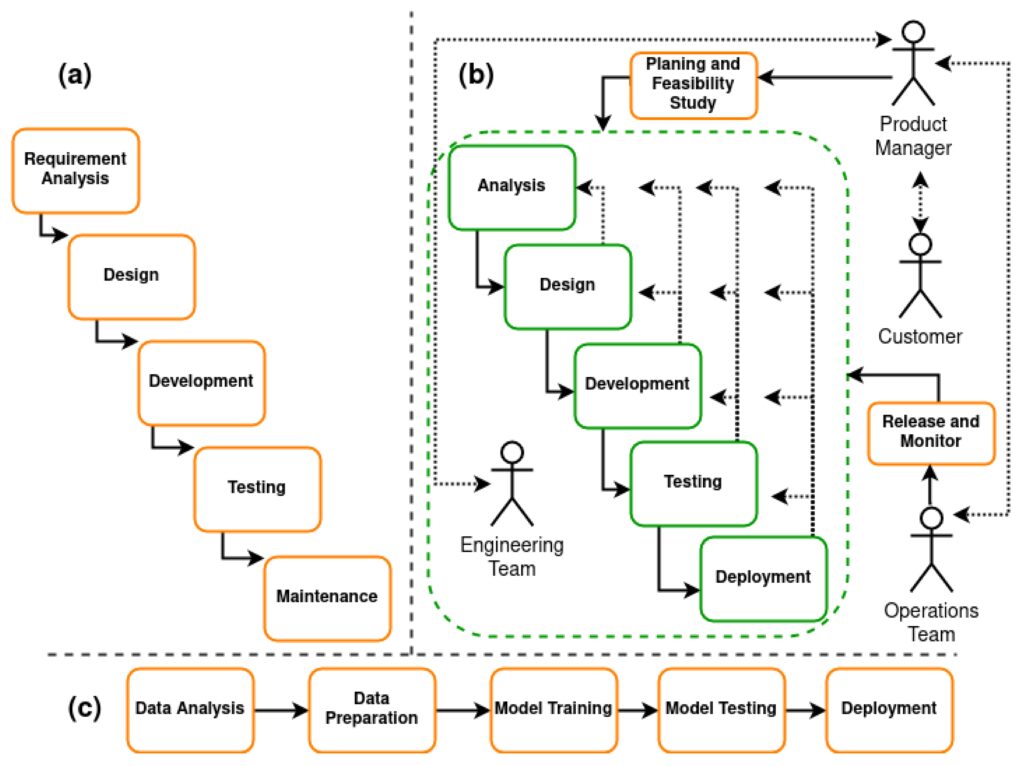The game development process is complex and involves multiple stages, from conceptualization to execution. The first stage involves brainstorming and idea generation, followed by creating a game design document. In the pre-production stage, the teams begin to flesh out the details of the game and establish the art style, sound design, and game engine. Production is the most time-consuming and labor-intensive stage, where the game begins to take shape, and assets are built. Once the game is in a playable state, it moves on to the testing and quality assurance phase. Finally, the release and post-release stage involves releasing the game and providing ongoing support to players.
From Conceptualization to Execution: The Game Design Process Demystified
The game development process is complex and involves multiple stages of production, from concept generation to execution. Each stage requires a great deal of attention to detail and collaboration among various teams. This article aims to simplify the game design process, breaking it down into manageable stages, and providing insight into what each step entails.
Stage 1: Conceptualization
The first stage in game design is developing the game concept. This stage involves brainstorming and idea generation, and it is crucial to have a clear understanding of what the game will be. It is also essential to consider the game’s target audience, genre, storyline, and gameplay mechanics.
Once the concept is developed, the team moves on to creating a game design document (GDD). A GDD is a comprehensive document that outlines all aspects of the game, from the storyline to the enemy types. This document serves as a guide for the development team and is critical to the game’s success.
Stage 2: Pre-production
In the pre-production stage, the teams begin to flesh out the details of the game. This stage involves creating a prototype of the game and establishing the art style, sound design, and game engine. The team also develops the levels, objects, characters, and game mechanics in more detail.
The pre-production stage is also the time when the development team starts to consider the game’s business model. Will the game be free-to-play or pay-to-play? Will there be microtransactions or in-app purchases? Answering these questions is essential to the game’s financial success.
Stage 3: Production
Production is the most time-consuming and labor-intensive stage of game development. It is during this stage that the game begins to take shape, and the development team starts to build the game’s assets. These assets include characters, levels, objects, animations, and audio.
The game’s different aspects are brought together during this stage. The level designers create the levels, the writers produce the dialogues and the story elements, and the artists produce the game’s graphics. The programmers integrate all these assets into the game’s engine and create the game’s logic and functionality.
Stage 4: Testing and Quality Assurance
Once the game is in a playable state, it moves on to the testing and quality assurance phase. During this stage, the development team tests the game rigorously, looking for bugs, glitches, and inconsistencies.
Testing and quality assurance are critical because they help ensure that the game meets the player’s expectations. The team must make corrections and adjustments as needed, testing the game repeatedly until it is perfect.
Stage 5: Release and Post-Release
The final stage of game development is the release and post-release stage. This stage involves releasing the game to the public and providing ongoing support to players.
Once the game is released, the development team monitors the game’s performance, collects feedback from players, and updates the game regularly. These updates may include bug fixes, new content, and game enhancements. It is important to continue to support the game, even after the release, to keep players engaged and satisfied.
Conclusion
The game development process is complex, but it is a critical aspect of the gaming industry. By breaking the process down into manageable stages, we can better understand what goes into creating a successful game. From conceptualization to execution, each stage requires a great deal of attention to detail, collaboration, and creativity.
Game development is truly an art that requires a fantastic balance of talent, strategy, and creativity. By following and adhering to the critical stages outlined in this article, you can create a game that resonates with the player’s interests and preferences while standing out among the vast competition.
